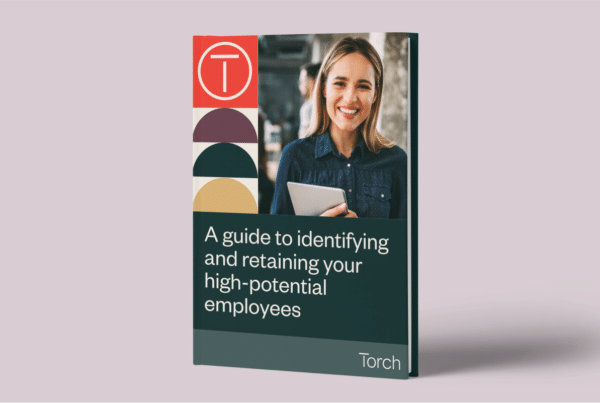The people most likely to suffer from workplace burnout are the ones who feel least at risk. These are passionate, hardworking top performers who tackle problems head-on and are used to excelling.
They frequently take on more than they should, so when they hit that wall and collapse, it’s not just debilitating – it’s confusing. As a leader in a fast-paced environment, it’s important that you not only recognize the signs in your high performers but aim to prevent it from happening in the first place by cultivating a culture that encourages employee self-care and work-life balance.
Everyone experiences stress. It’s normal and when managed properly, it can be healthy. However, there’s a significant gap between feeling stressed and a full blown burnout, so if you can recognize the presence of symptoms early enough, you can act.
When They Don’t Care Anymore
A big sign that someone is on the road to burnout is a creeping sense of cynicism. That feeling that what they’re doing somehow matters less than it used to, or that they are destined to fail no matter how hard they work.
It starts small – they stop showing up to work as early and are more eager to go home at the end of the day. People close to burnout say negative things to themselves and others when faced with a challenge. You’ll see in them a creeping sense of cynicism. They’ll feel like what they are doing somehow matters less than it used to, and are destined to fail no matter how hard they work.
These are the early symptoms of disconnect and can rapidly affect other areas of an employee’s life as well.
Productivity Loss and Reduced Performance
Most people who suffer from burnout start out eager to achieve new accomplishments and produce something lasting. As burnout creeps in, though, and as the physical and emotional toll starts to add up, this changes.
It won’t matter how many hours they work. Stress makes it difficult to focus and even harder to complete a task to the same level they once did. Worse, as productivity drops, their to do list grows longer, and stress increases, creating a vicious cycle that only makes the problem worse.
At a certain point, the problem extends beyond inefficiency and results in poor performance, missed deadlines, and visible concern from senior leadership.
They Stop Taking Care of Themselves
Another common symptom of burnout is a sudden lapse in self-care. This takes several forms. To start, it’s a coping mechanism to deal higher levels of stress. Everyone does this in their own way – it could mean smoking, drinking too much, eating extra junk food, not exercising, or staying up too late.
It can also go as far as self-medicating through excess alcohol to unwind at the end of the day, sleeping pills to shut down at the end of the day, or worse. Frequently, burnout leads to excessive caffeine consumption as well.
Work is Always on the Mind
This is a difficult one in 2018, when most people are connected to their inbox 24/7 and constantly communicating with colleagues and clients. Being plugged in, however, doesn’t necessarily have to mean being preoccupied.
When someone finds the only thing on their mind is work, even when on vacation, out with the family, or trying to go to sleep, they need to take a break and decompress. This can manifest in many ways – excessive thoughts about work tasks in off hours, extending work hours to all waking hours, or an addiction to addressing work emails immediately.
The Physical Signs of Burnout
Finally, when stress is persistent enough, it can lead to very real physical health problems. These are red flags that something isn’t right, and include:
- Chronic Fatigue
- Insomnia
- Forgetfulness
- Weakened Immune System
- Anxiety and Depression
- Anger
- Loss of Appetite
This list might sound extreme, but when the body suffers from chronic, uncontrolled stress, this is what life starts to look like. It’s important not to ignore the symptoms. Employees who power through and try to reach just one more goal don’t only risk increasing stress and worsening their health; they also risk becoming even less productive because of their physical ailments.
How to Address Warning Signs of Burnout
Burnout is a major concern for high performers who reach unheard of levels of productivity. With 1 in 5 highly engaged employees at risk of burning out, it’s important to have a system in place to recognize these symptoms in your team, establish a culture that puts employee well-being first and tasks everyone with a shared responsibility to address this issue.
Coaching and mentoring can be an effective way to help your workforce manage and mitigate the risk of burnout. To learn more, request a demo below.



